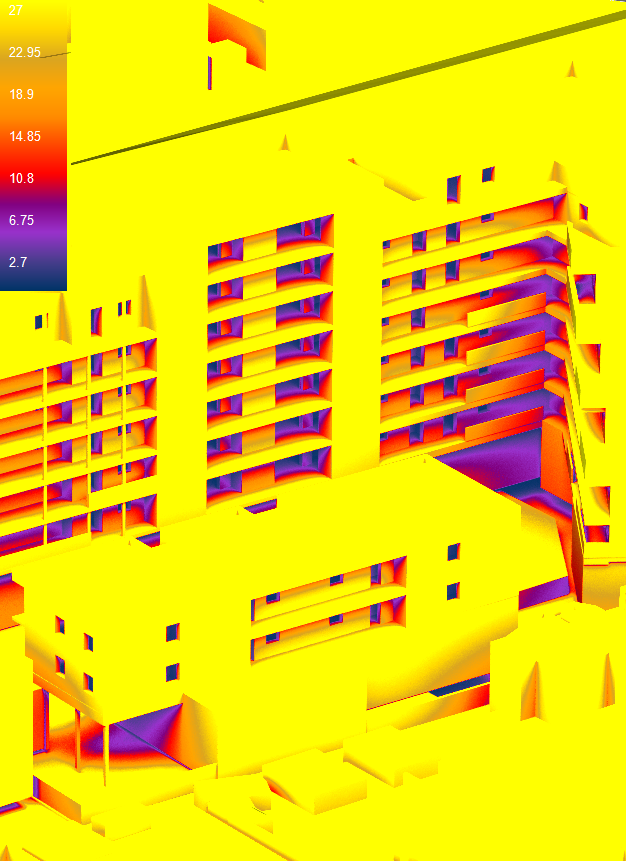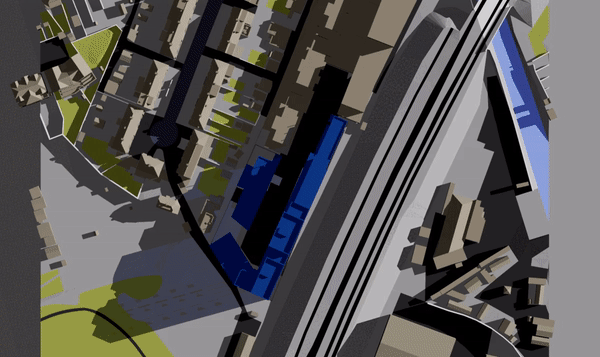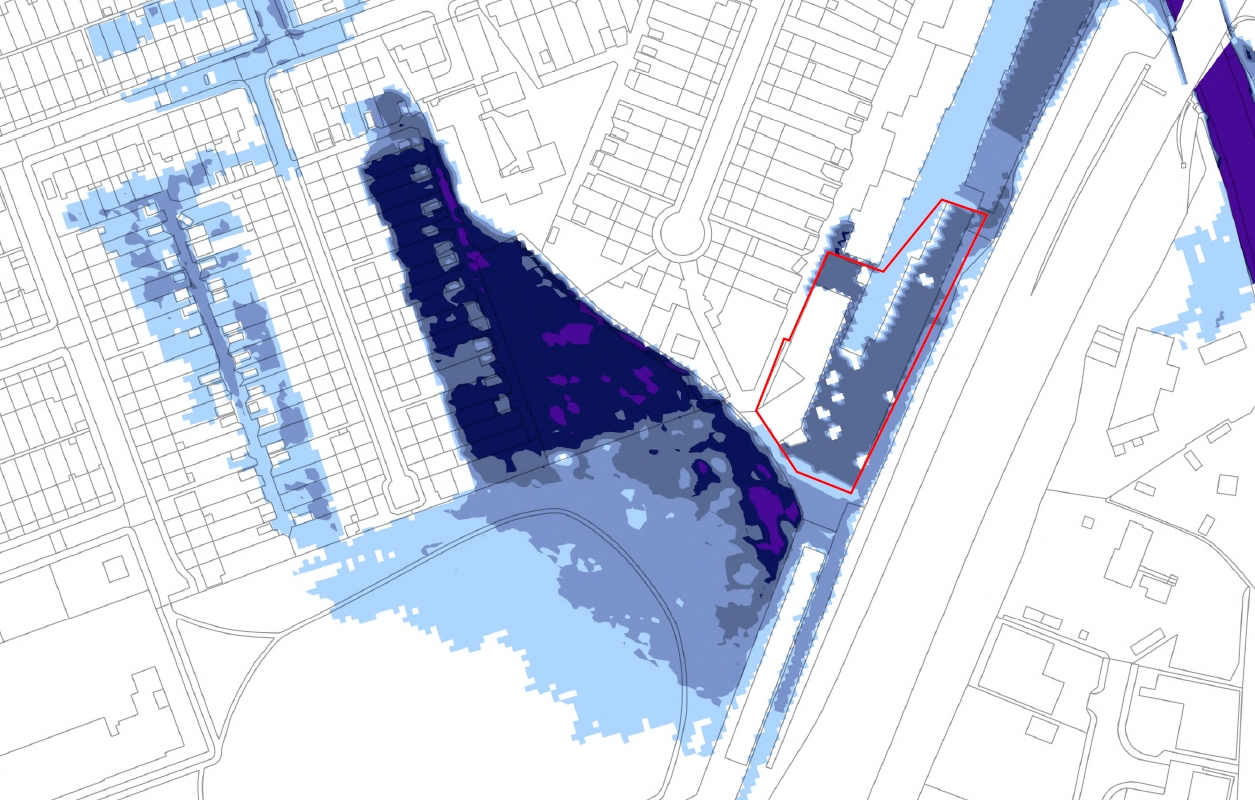Client
Private Developer
Location
London
Core service
Planning assessments
This is an example of where a range of services offered by Herrington Consulting were employed on a challenging and exciting development project that had numerous environmental constraints. The scheme included a series of mixed use commercial and residential blocks ranging from 3 to 8 storeys and replaced an existing lower rise commercial building.

Daylight & Sunlight
Our initial involvement in the project was in the very early stages of the design where we worked alongside the architect to develop massing envelopes that were specifically ‘tuned’ to ensure the proposals would not adversely impact upon the daylight and sunlight enjoyed by the neighbouring properties. This was further developed as the design progressed and a detailed assessment was prepared to accompany the planning application.

Transient Overshadowing Study
This assessment also included a transient overshadowing study that allowed the shadows cast by the development to be tracked on an hour-by-hour basis for a range of times throughout the year. This provided a clear indication of any potential overshadowing impacts.
In addition to the impact on neighbours, we also worked with the architects to ensure that all habitable rooms within the development
would benefit from good levels of natural daylight and sunlight.

Solar Glare
The development is adjacent to the railway line and therefore the potential for reflected sunlight from the façades of the buildings to cause reduced visibility or distractions to train drivers was identified at an early stage. To ensure that the proposals would not impact on the safety of the railway a solar glare study was undertaken. This utilised numerical modelling techniques to simulate potential glare instances at a range of assessment locations along the railway line at different times of day. This was repeated throughout the year to identify all potential glare instances, and for each time/location that a potential glare risk was identified, the veiling luminance was calculated. This was then used to assess disability glare from the source.

Flood Risk
The site lies within Flood Zones 2 and 3 of the River Wandle and whilst it was possible to design the scheme such that all living accommodation was raised above the design flood level, the scheme did have potential to displace floodwater, thus increasing the risk of flooding elsewhere. Our role in the design was therefore to ensure that the volume of floodwater displaced was not increased by the scheme.
Using hydraulic modelling, different options were tested and refined. The final design included a floodable void space beneath part of the building, as well as voids beneath a raised landscaped public realm area in the middle of the site.

